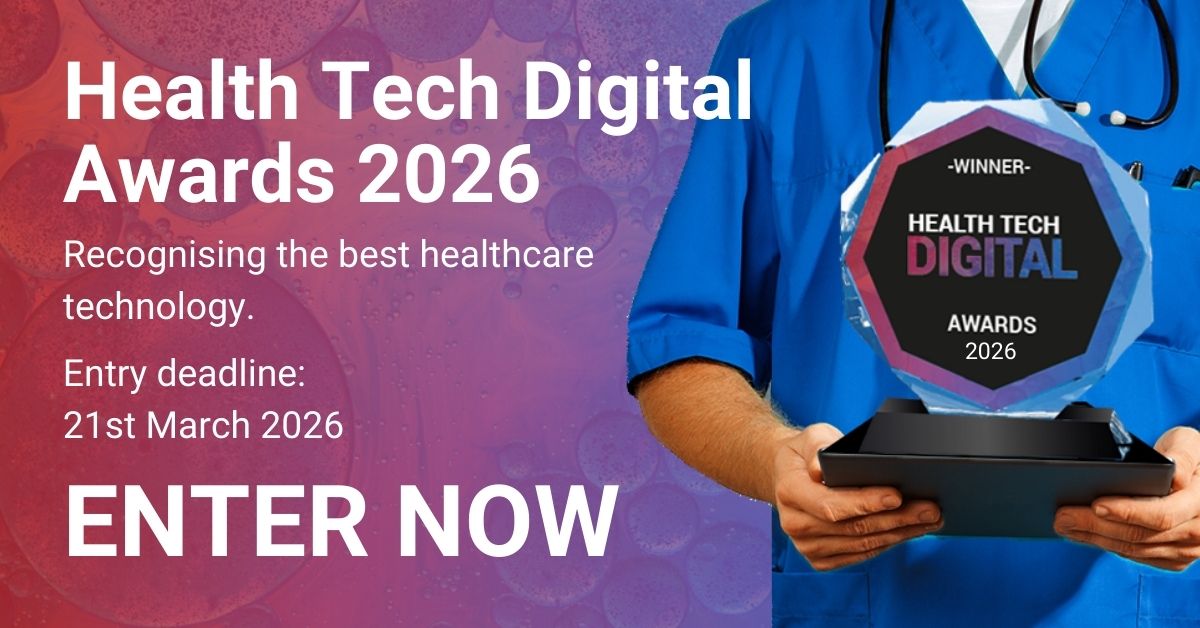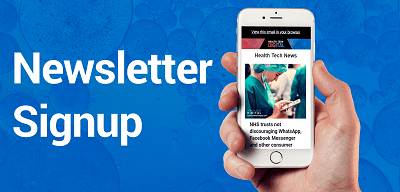
For most people, their health journey begins either as a planned admission, referral by their doctor, or transferring between hospital departments as an inpatient. All involve being processed in some way, even as an emergency patient, with a medical history outlining current treatment, name of doctor, medications, allergies, and existing conditions.
At each step it’s critical this information is accessible to the right professional at the right time, and is one of the most important factors patients perceives their care provider. The biggest challenge is that as the patient moves through the stages of their care they are accompanied by the correct paperwork that can be instantly accessed by healthcare professionals at the right time – as an in-patient, outpatient, or while recovering. Care should not suffer because of scheduling appointment or procedure constraints. It should happen without a hitch, but sometimes this is easier said than done.
Or is it? AI-powered automation uses advanced machine learning and data analytics to automate processes, enhance decision-making, and improve efficiency across an organization, it enabling smarter operations and innovative solutions tailored to business needs – digital workers enable healthcare organizations to provide a “digital front door” to their services. Able to move patient information faster between systems, it avoids processing bottlenecks and backlogs that detract from the patient experience and care plan. The UK’s NHS has been utilizing automation for some team so for patients, it means getting appointments sooner, a faster time to diagnosis and speedier time to the right treatments.
For patients and clinicians, digital workers can perform consistently with 100% accuracy 24/7, helping minimize costly errors and increasing the speed and quality of patient care and clinician work.
In conjunction with the latest Forrester TEI 2024 Study of SS&C Blue Prism’s intelligent automation (IA) platform, we commissioned an independent survey of senior healthcare professionals to look at how they are using intelligent automation to build a system ready for the next frontier of healthcare delivery.
The study uncovers how SS&C Blue Prism’s AI-infused automation can transform healthcare provisioning, examines how healthcare organizations are improving the patient experience and relevant metrics from real-world healthcare organizations utilizing our automation platform.
For heads of department, automation provides a new level of visibility into patient processes and exceptions whilst also offering dynamic resource allocation to combat capacity constraints, ensuring the right resource is available to do the right task.
Automation and artificial intelligence streamline the multi-step administrative tasks required to onboard new patients; it integrates with multiple systems to improve communication. Automation can improve patient onboarding – whether you’re working with publicly funded healthcare, or private insurance-based multi-payer system – by gathering the patient’s medical data and, where applicable, insurance, automatically inputting them into a patient record.
Rather than filling out lengthy paperwork and often repeating information more than once, patients can input all their data into an online form. Using intelligent document processing (IDP), paper or unstructured documents can be digitized and scanned into an electronic health system. From here, a patient’s data can be automatically updated in the healthcare system, where clinicians can access it in real time.
Streamlining healthcare provider operations
As a healthcare provider, there’s no outcome more important than delivering outstanding patient care, and one of the highest-impact solutions is streamlining your clinical operations. Imagine providing a seamless progression of electronic health records (EHRs) along the patient’s pathway, Automation acts as a clinician’s digital assistant, confirming the provider and ensuring their orders are followed throughout a patient’s care.
Intelligent automation is accurate, fast and efficient, prioritizing work and streamlining workflows while keeping data secure and compliant. The combination of automation and artificial intelligence reduces the risk of human errors and noncompliance so healthcare providers can focus on their patients rather than worrying about their data. And since clinicians can now access accurate, up-to-date information, they can better care for their patients and make a diagnosis or referral faster than traditional methods.
The UK Government is supporting healthcare providers to start unlocking AI’s potential. The Department for Science, Innovation & Technology announced an AI Opportunities Action Plan, which aims to enable public sector workers to spend less time doing admin and more time delivering services. Yet to be confirmed programs expect to see innovation support the National Health Service cut waiting lists by improving appointment management, and giving back frontline staff the previous gift of time. This time can be used as a chance to reconnect with the human, face-to-face aspects of their jobs – the biggest reason attracting so many people to public service in the first place. Unfortunately, in the current environment, archaic technology is crippling productivity leading to diminished public satisfaction across public services.
SS&C Blue Prism data reveals healthcare providers that have implemented automation to improve the patient experience, almost half (49%) of patients are onboarded faster, while 44% received better patient service and support.
For patients and clinicians, digital workers perform consistently with 100% accuracy 24/7, helping minimize costly errors and increasing the speed and quality of patient care and clinician work. Healthcare professionals are also able to make faster, more informed patient decisions with access to 64% better data quality.
One of the perceived or expected benefits of bringing RPA and BPM together for healthcare providers include improvements such as speed, productivity, accuracy and auditability of specific steps (100% of responders).
CASE STUDY: UK
Portsmouth Hospitals University NHS Trust provides expert, compassionate care to 675,000 local residents, enhancing their maternity patients’ journey to parenthood with the help of SS&C Blue Prism digital workforce. This initiative allows the Trust to deliver more personalized maternity services by freeing up midwives to spend more time on direct patient care and reducing manual appointment and referral management. Each pregnancy involves a schedule of appointments and check-ups, a period when patients appreciate extra compassion and care. The challenge for the Trust was enabling midwives to spend more time on direct patient care while reducing manual appointment and referral management, which often caused delays. Typically, patients faced a six-to-eight-week wait for appointments, potentially putting them at risk.
The SS&C Blue Prism digital workforce proposes future appointments based on the patient’s due date and necessary scans, tests, or office visits, ensuring appointments are booked within 24 to 48 hours. They also send appointment reminders via email and text, reducing the “did not attend” rate and preventing unexpected and unnecessary gaps in midwives’ schedules. Digital workers notify the patient’s midwife or obstetrician if a patient or baby visits the emergency room.
Intelligent automation has minimized potential pregnancy risks from delayed information, providing a real-time patient experience. The Trust has increased appointment capacity by 33%, reduced staffing costs by £225,000, and avoided £105,000 in private scan outsourcing expenses annually. Digital workers have given 18,000 hours back to staff, allowing them more time for direct patient care.
Building a platform for the future of healthcare
AI-powered automation future-proofs healthcare organizations by making processes more adaptable and scalable. Healthcare isn’t just about treating symptoms — it’s about having proactive and agile healthcare systems with more data and better connectivity to improve and transform patient experiences.
Rather than taking away from critical roles, adopting more AI in healthcare automation will create even more time for higher-value initiatives, such as improving operations and the patient experience, while also allowing clinical staff to focus on delivering excellent patient care.To this end, 49% expect to see a strong improvement in patient care using this advancing technological solution as it will see huge leaps in operational efficiency and happier clinical staff. AI-powered automation exists to augment work, and as more providers utilize automation solutions, healthcare will be transformed — and with it, patients’ and clinicians’ lives.











